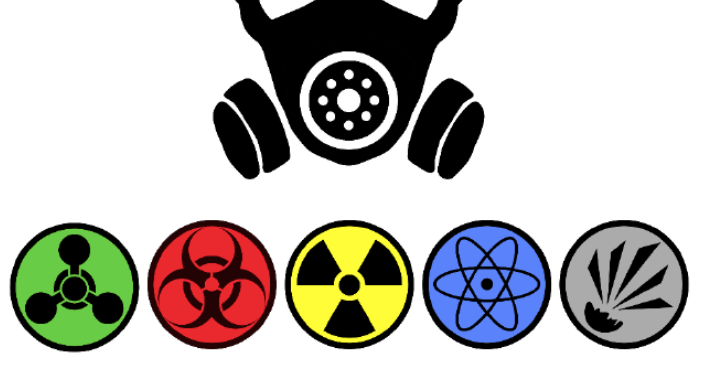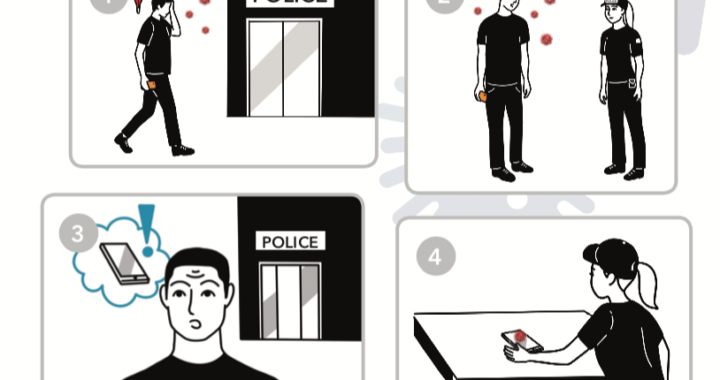Topics related to chemical, biological, radiological, nuclear and explosive materials are increasingly being discussed in today´s society. Their connection with crime leads us to another dimension, which necessarily requires deeper investigation. This significantly affects several types of crime, including environmental crime, because they are closely related to each other. From practice, we feel that there is no comprehensive (and) global view of law enforcement activities in the existing complex CBRN-E crime. We also perceive the shortcomings in the standard operational procedures of security forces for CBRN-E incidents, which must be regularly updated in connection with emerging technologies. These shortcomings often stem from the different terminology from which many activities are derived. This applies in particular to CBRN police units, teams such as SWAT, EOD, K9, special operation teams (undercover), security and protection forces, CSI-forensics, public order police, environmental police, and anti-narcotics force, etc. Literature writes mostly about CBRN-E terrorism, and only a minimal amount of information on wide range of CBRN-E crimes is mentioned. Therefore, linking this topic only to terrorism is not relevant today. It is necessary to perceive this phenomenon in a broader context. The aim of this article is to present the results of our comparative study related to the definitions of CBRN-E and HazMat materials, threats, and incidents. In the article, we also propose our own definition and categorization of CBRN-E crime, including related concepts based on our examination of real cases around the world, a study of the literature, legislation and history. Another aim of this paper is to create a basis for in-depth qualitative and quantitative research by the ISEM Institute related to the prevalence of CBRN-E crime in selected countries, as well as a framework for a deep case comparative study. In the final part of the article, we will focus on the motivation, motive and intents in committing CBRN-E crime using specific analysed cases, which may be used in the future in the investigation of similar cases and case linkage.
FULL ARTICLE HERE




















